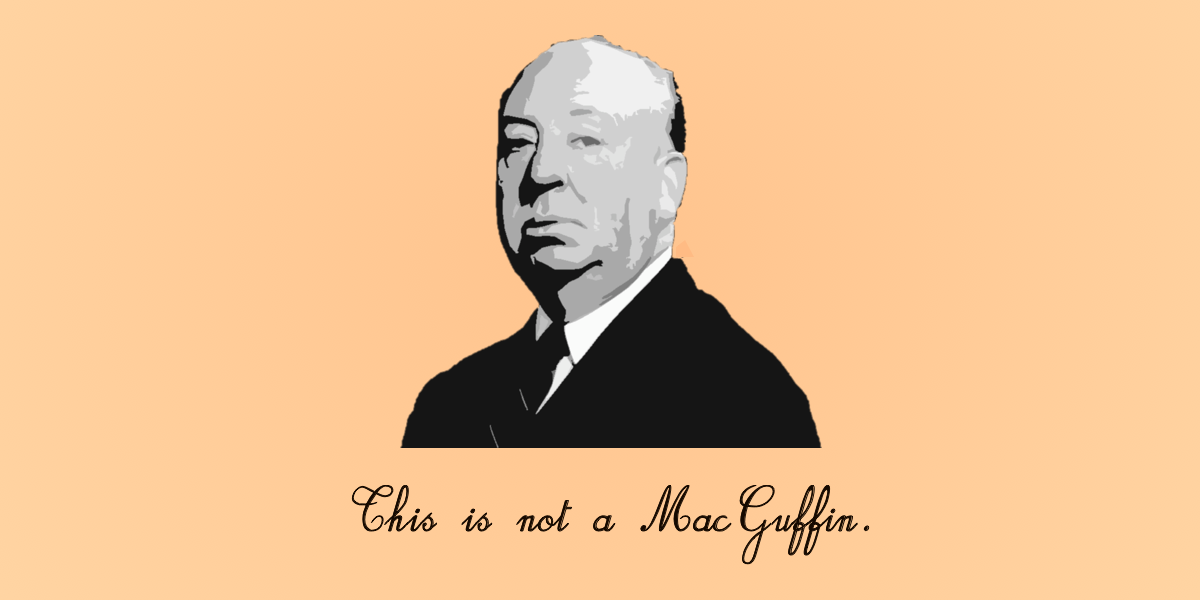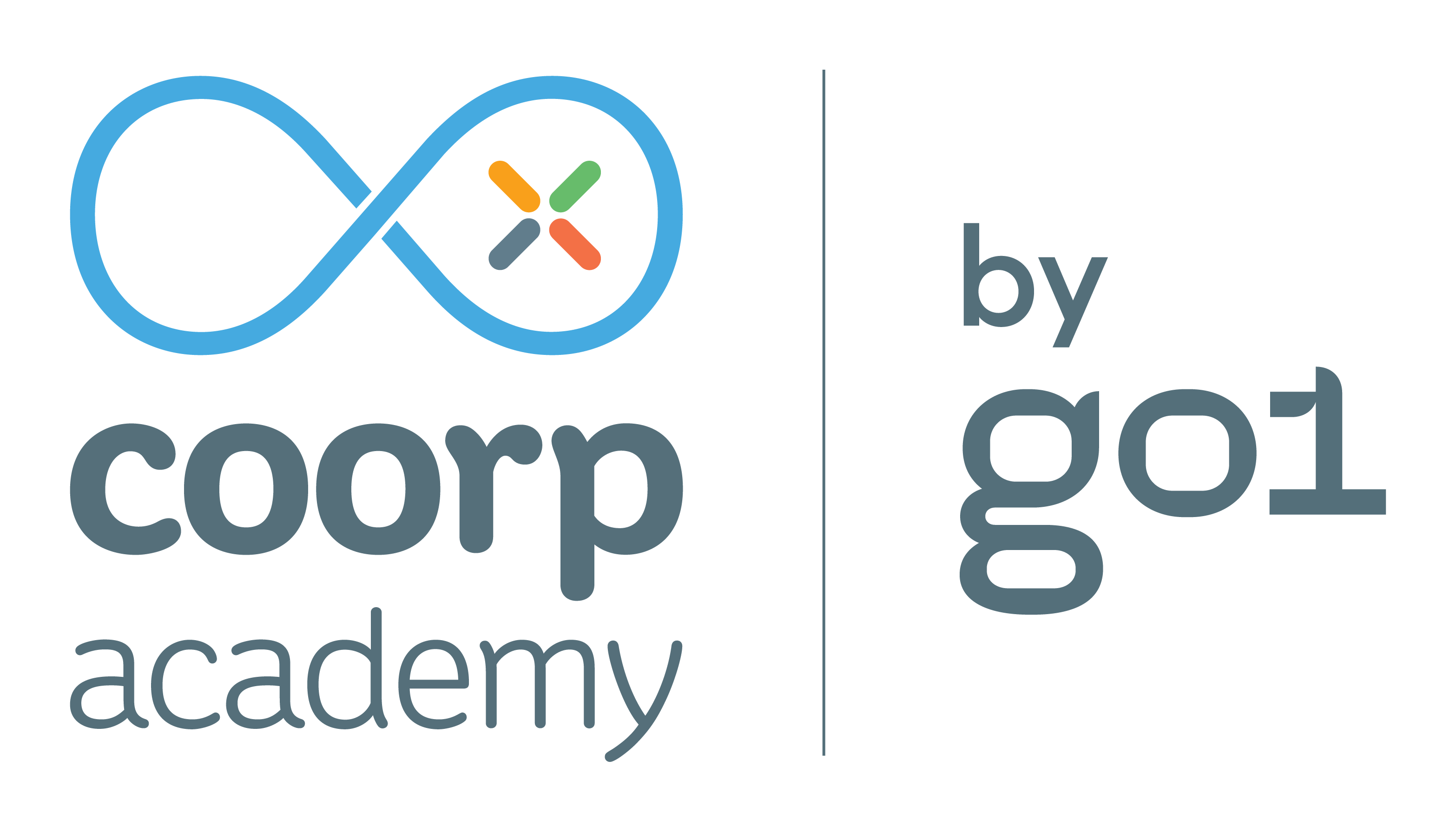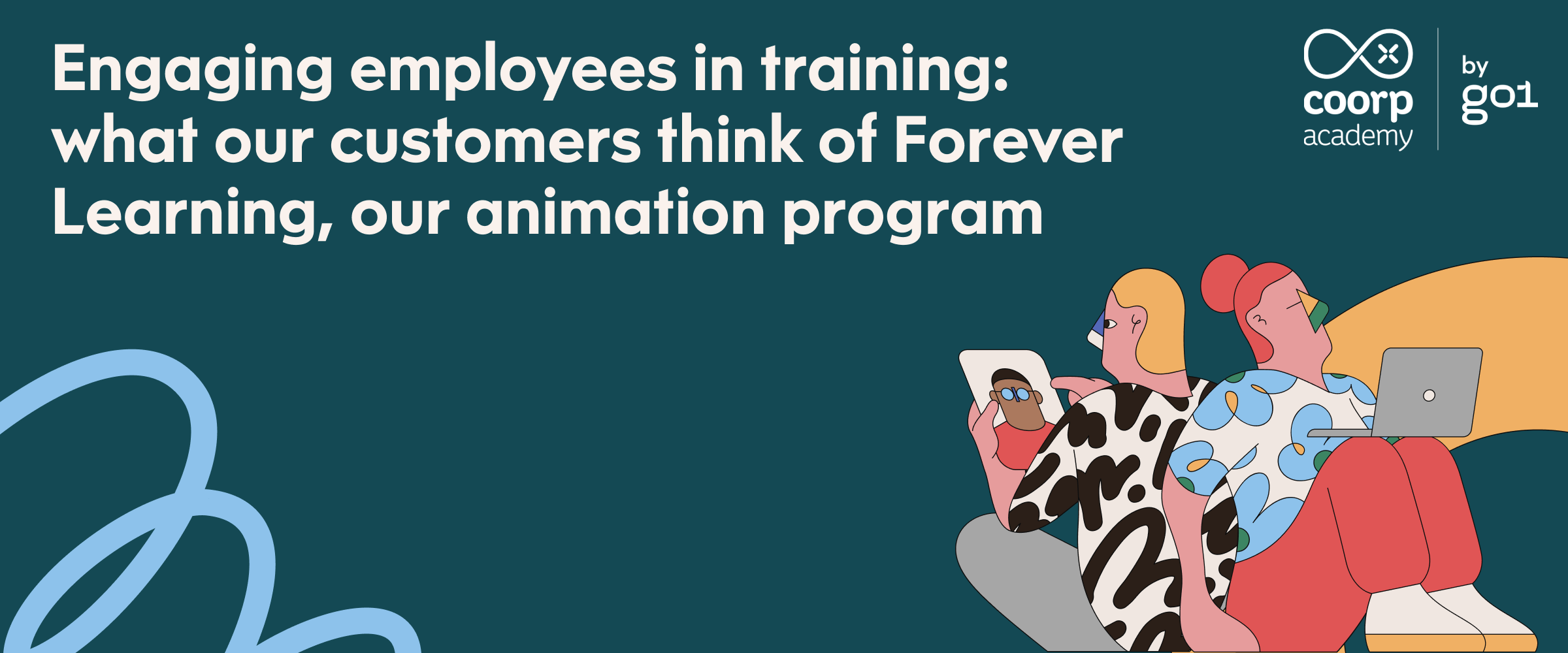This is not a MacGuffin… Or is it?
Learning Innovation

What is there in common with movies such as Pulp Fiction, The 39 Steps or Casablanca? All three of them are perfect examples of scenarios built on the use of a MacGuffin. A new sandwich from the one famous fast food brand? A Scottish peated single malt whisky producer? None of that. Besides, the name of MacGuffin means… nothing. But its importance in movies and narrative arts is paramount. Are you now desperate to know what is a MacGuffin? Fortunate coincidence: one of the MacGuffin function is to grab the viewers’ attention. Without further ado, let’s dive in…
“It might be a Scottish name, taken from a story about two men on a train. One man says, ‘What’s that package up there in the baggage rack?’ And the other answers, ‘Oh, that’s a MacGuffin’. The first one asks, ‘What’s a MacGuffin?’ ‘Well,’ the other man says, ‘it’s an apparatus for trapping lions in the Scottish Highlands.’ The first man says, ‘But there are no lions in the Scottish Highlands,’ and the other one answers, ‘Well then, that’s no MacGuffin!’ So you see that a MacGuffin is actually nothing at all.”
Alfred Hitchcock
The MacGuffin is a very simple storyline concept, defined by Alfred Hitchcock in a 1939 lecture at Columbia University in New York City: it’s an object – tangible or intangible – which pretexts the development of a storyline, of a story. Coveted by one or numerous main characters, the MacGuffin doesn’t have a lot of interest for the viewer but to spark curiosity. The characters’ quest and their adventures only will matter. This is how Hitchcock sees the MacGuffin: as the cornerstone of several thrillers, spy or adventure movies. The MacGuffin, either a diamond, a secret formula, a statuette or a military secret, must be forgotten once the stake is set up. Its nature can in some cases reinforce the mystery around the story, but that’s it.
Since Hitchcock theorized the MacGuffin, its definition has evolved due to directors’, authors and critics largesses, so that today, any object – or even character – that’s used to launch a story can be called a MacGuffin. According to theories, Indiana Jones movies artefacts, the Rosebud word in Citizen Kane or even the colonel Kurtz in Apocalypse Now would be MacGuffins. These objects, concepts or characters, are indeed used as launch pads for the story to start but they’re clearly distinguished from Hitchcock’s original concept. Because they’re paramount for the story and its solving. Nothing is very different in the end from the concept of quest, essential for the story until the very last minutes of the movie.
The interest of the MacGuffin lies into its pretext function: paramount in its form, but not that important in its substance. This narrative process reveals itself to be very useful when we build here at Coorpacademy “Be the hero of your own learning adventure” courses (pedagogical and narrative modules in which the story, like in the “Choose your own adventure” books, branches out in several pathways). This pedagogical process allows the learners to put themselves in the shoes of characters by making choices leading them to different pathways – ideal to place users in concrete situations and test their abilities to act.
Like in movies, “Be the hero of your own learning adventure” courses don’t all have an urgent need for a MacGuffin. Some stories work without any screenplay artifice: countering a cyberattack, executing first aid techniques, etc. However, some other stories necessitate a narrative nudge to exist. In other words, the MacGuffin is used as a background to make the story more lively, immersive and ludic.
At Coorpacademy, we used this narrative tool to create a course on Design Thinking in co-edition with Fabernovel Insitute. The goal was for the learners to test their abilities in reproducing Design Thinking techniques. Previously, learners did a classic course on Design Thinking, learning the methodology – in this second course, they could apply them in concrete examples. In order to do so, we needed a pretext, un product or a service to rethink, for the learner to use Design Thinking methods in the shoes of a product manufacturer. We chose the umbrella – even if very useful as it is, this product can be improved. Here was a perfect MacGuffin: pretext to our story, interchangeable (Design Thinking methods stay the same whatever the frame is) and very forgettable as soon as we move forward into the learning twists and adventures.
As soon as we start working on conceiving a new “Be the hero of your own learning adventure” courses, we start thinking about a MacGuffin. For each new project, we collect empirical evidence helping us to sharpen the concept and make it more learning-friendly. We now know that a MacGuffin must incorporate 5 elements: tangible, universal, discrete and limited to a pretext role, non-technical and used daily. Choosing an object known of all, easy to apprehend, allows us to tackle any kind of topics, simple or complex, by rooting them in reality.
What about you? If you had one story to tell, a “Course in which you’re the hero” to create, what would be your MacGuffin?
Laurence is Learning Engagement Manager at Coorpacademy. She joined Coorpacademy more than 5 years ago and is now in charge of pedagogical innovation in the formats Coorpacademy proposes. What she likes the most in her job is to use creativity to innovate and to look for the most entertaining and engaging learning formats. For 2020, Coorpacademy is looking to create new forms of learning where entertainment is intertwined with pedagogy. That being said, we hope you liked the presentation of those “Be the hero of your own learning adventure” courses.


